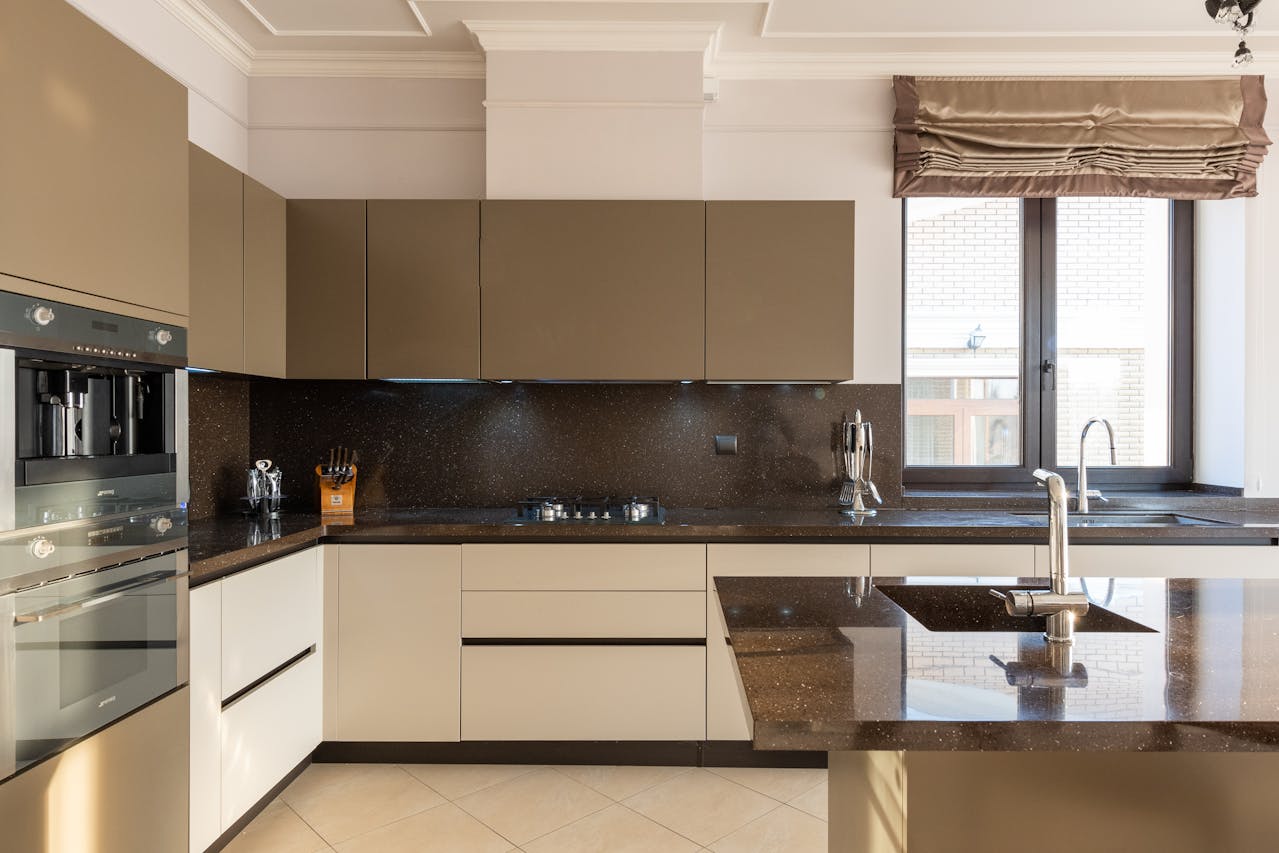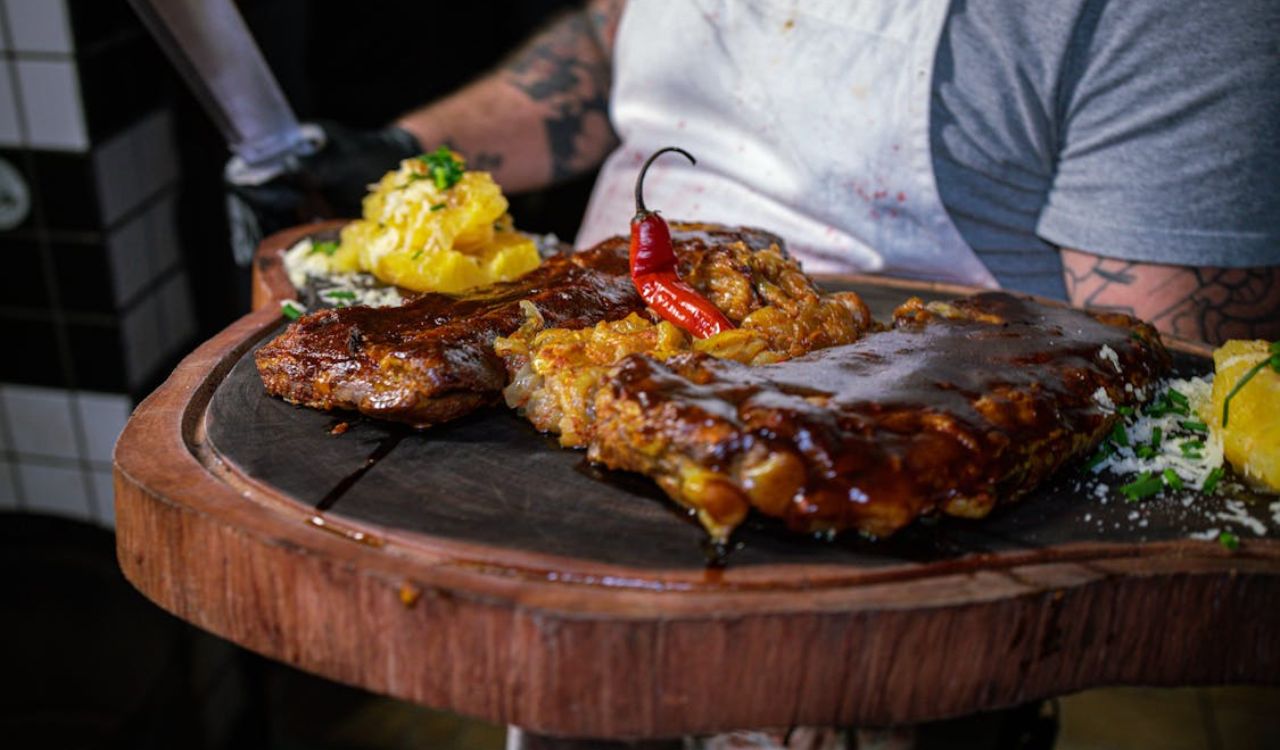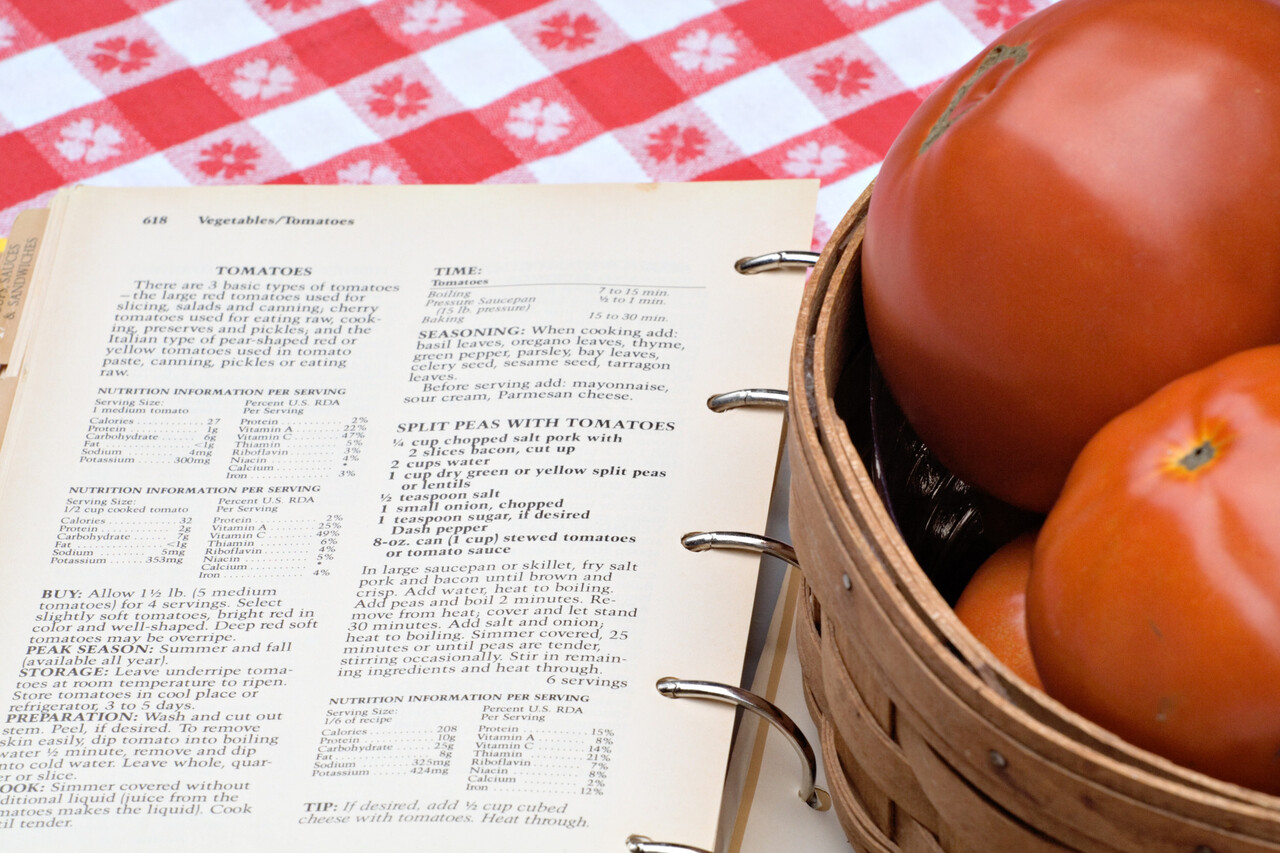8 Piedmontese Dishes to Try for a True Taste of Northwest Italy
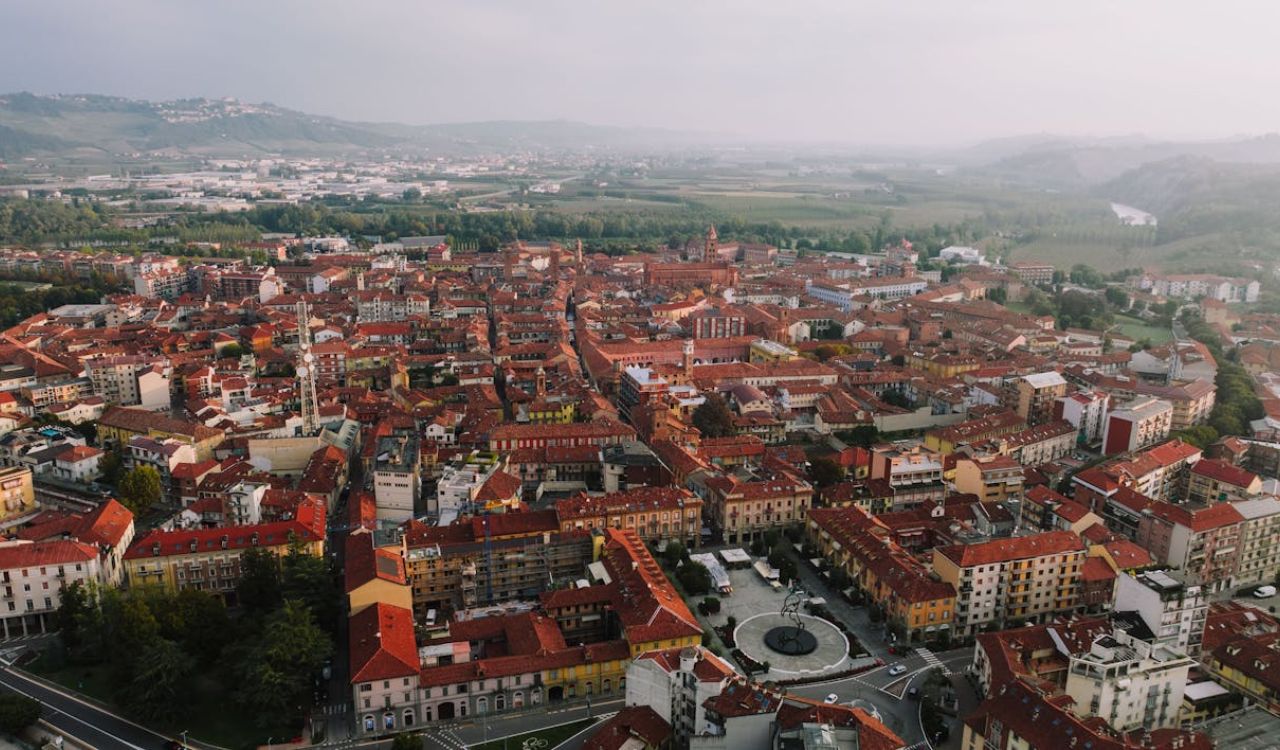
Nestled at the foot of the Alps, Italy’s Piedmont is celebrated for refined cuisine, hearty flavors, and deep-rooted traditions. Shaped by mountains, fertile plains, and French-Swiss influences, it balances rustic comfort with elegance. From truffle-perfumed pastas to slow-braised meats and storied desserts, local specialties honor top-quality ingredients and time-tested methods. Whether traveling in Piedmont or cooking at home, these eight classics offer an authentic window into one of Italy’s most admired food cultures.
Bagna Cauda: Warm, Garlicky Anchovy Dip for Sharing

Bagna cauda is a convivial winter ritual as much as a dish. Garlic and salt-cured anchovies are gently melted into olive oil (often enriched with a little butter) and served warm in a terracotta fojòt so the sauce stays silky at the table. Diners dip raw or lightly blanched seasonal vegetables: especially cardoons, peppers, and crucifers like cabbage or cauliflower, directly into the pot. Intense yet balanced, bagna cauda showcases Piedmont’s love of bold flavors shared slowly among friends, paired with crisp, rustic vegetables that cut the sauce’s savory depth.
Vitello Tonnato: Chilled Veal with Silky Tuna Sauce
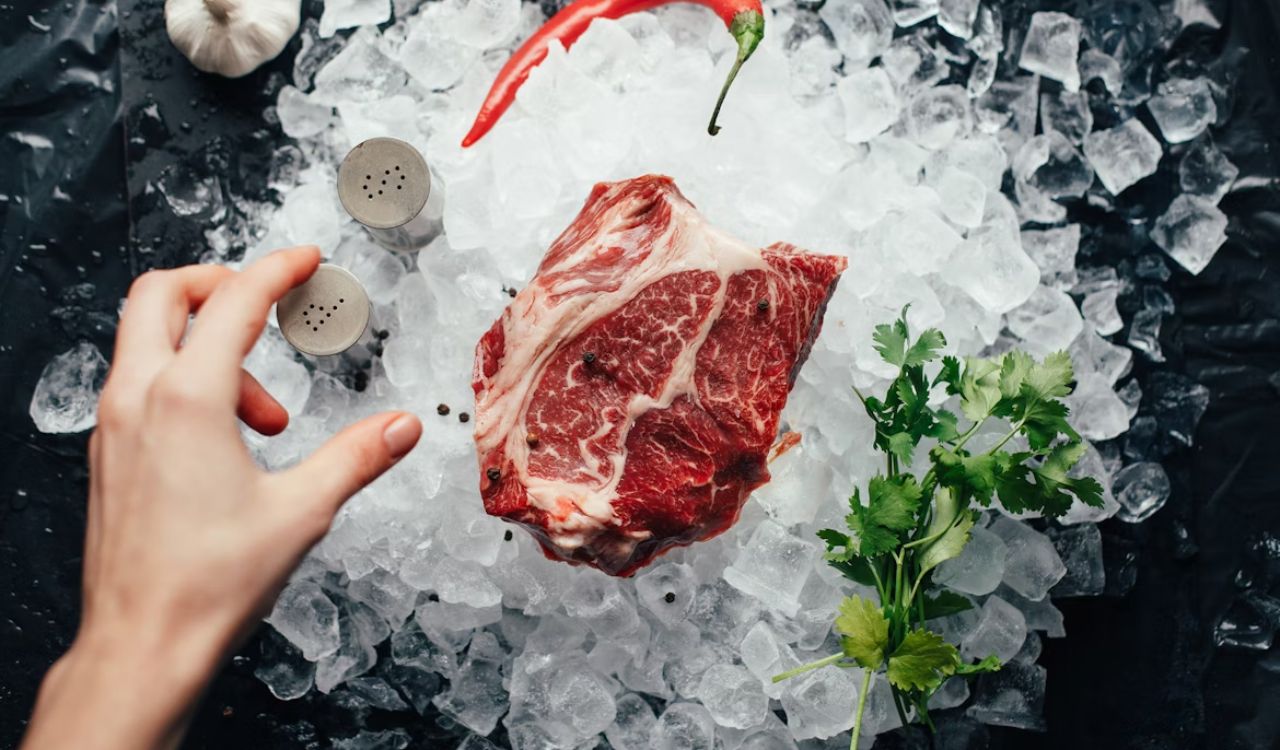
Vitello tonnato pairs delicate, chilled slices of veal with a velvety sauce made by emulsifying tuna, capers, anchovies, lemon, and olive oil. Though modern shortcuts sometimes use mayonnaise, the classic preparation relies on oil for its glossy, refined texture. The seemingly unlikely marriage of meat and fish tastes bright, savory, and gently briny, making it a staple antipasto and a refreshing warm‑weather main. Finished with capers or lemon zest, it reflects Piedmont’s knack for elegance through restraint and careful balancing of acidity, salinity, and tenderness.
Tajarin al Tartufo: Golden Egg Pasta with White Truffles
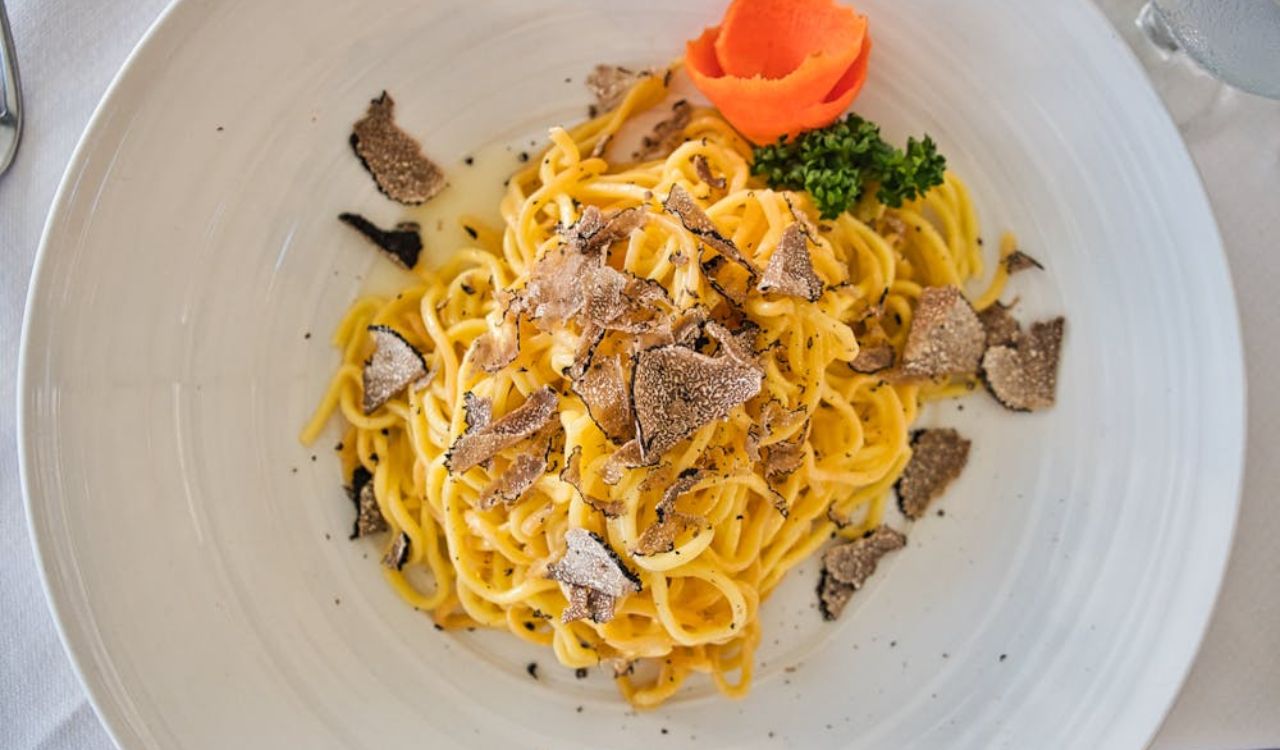
Tajarin are ultra-fine ribbons famed for their vivid golden color, achieved with a high ratio of egg yolks to flour. In autumn, they become a luxurious canvas for Alba’s white truffles. The preparation is purposefully minimal: usually just good butter, a touch of broth or pasta water, and generous truffle shavings, to let the truffle’s aroma lead. Each bite feels delicate yet opulent, with the supple noodles carrying perfume rather than sauce. Tajarin al tartufo epitomizes Piedmontese cooking: exceptional ingredients, handled simply and with precision.
Agnolotti del Plin: Pinched Pasta with Savory Fillings
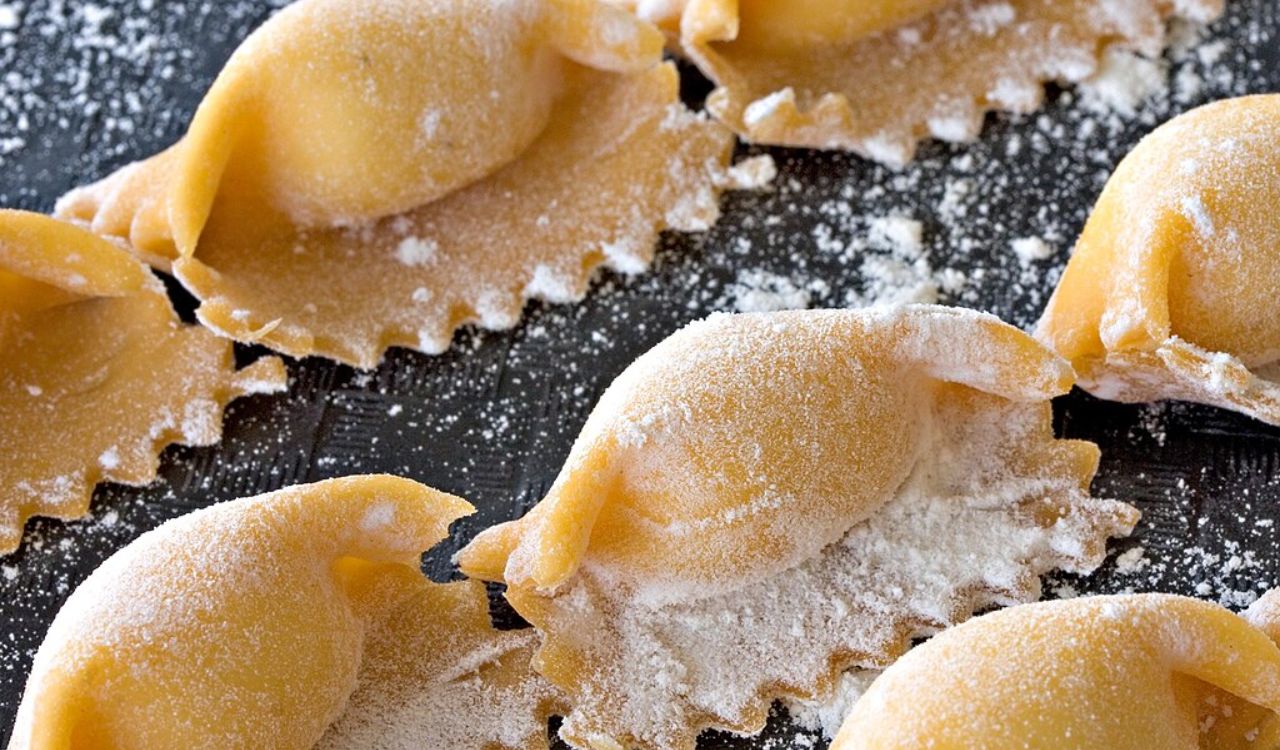
Agnolotti del plin are petite, hand-pinched pasta squares whose name recalls the “plin,” or pinch, that seals their edges. Traditionally filled with roasted meats and seasonal greens: often repurposing leftovers from Sunday roasts, they’re served tossed in butter and sage, spooned with roasting juices, or floated in a light broth. Their thin, elastic dough and deeply flavored fillings highlight thrift, technique, and generosity. Originating in the Langhe and Monferrato hills, these dumplings bridge farmhouse practicality and refined dining, delivering concentrated flavor in a delicate, bite-size form.
Brasato al Barolo: Slow-Braised Beef in Noble Wine
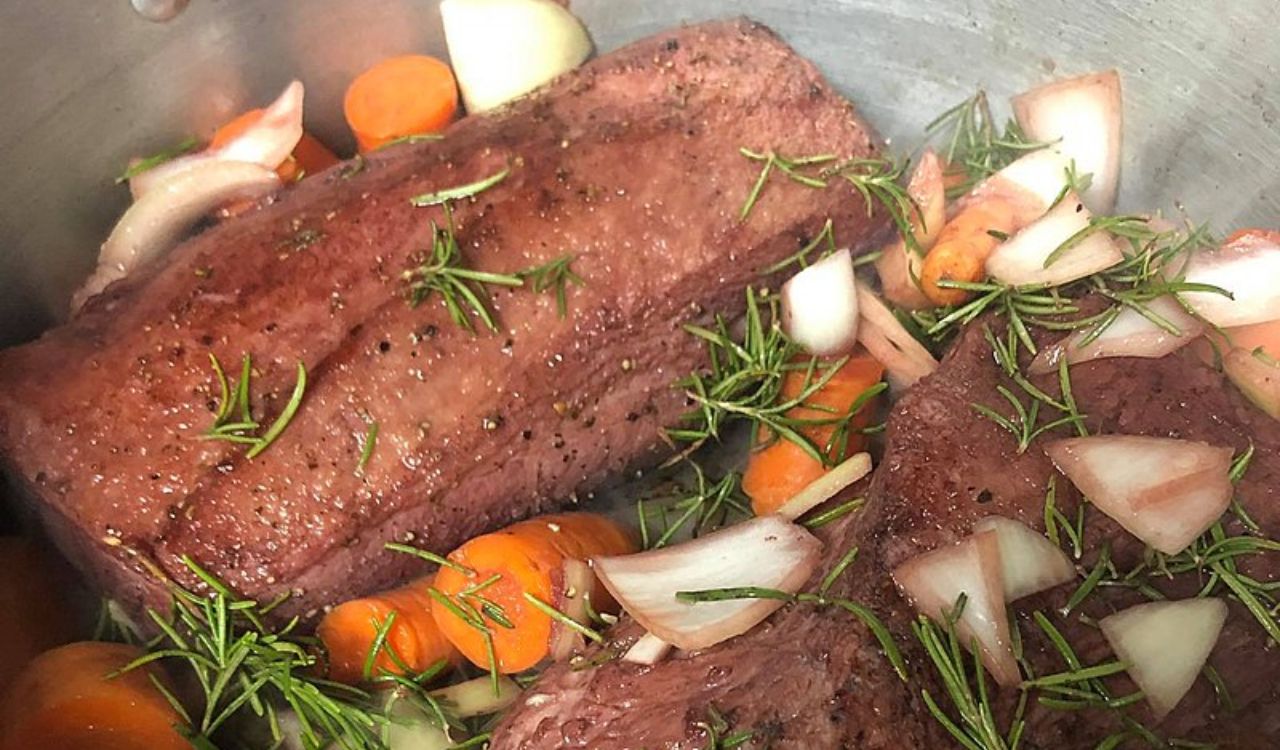
Brasato al Barolo unites Piedmont’s vineyards and kitchens in a single pot. Beef is marinated with Barolo, aromatics, and herbs, then slowly braised until it yields to the fork, its sauce reduced to a glossy, wine-suffused glaze. The Nebbiolo-based wine lends structure, spice, and depth, while long cooking coaxes sweetness from onions, carrots, and celery. Served with polenta or mashed potatoes, it’s a centerpiece for cold-weather meals and celebrations. This is rustic cuisine elevated: simple ingredients transformed by patience, terroir, and one extraordinary bottle.
Fritto Misto alla Piemontese: A Sweet and Savory Feast
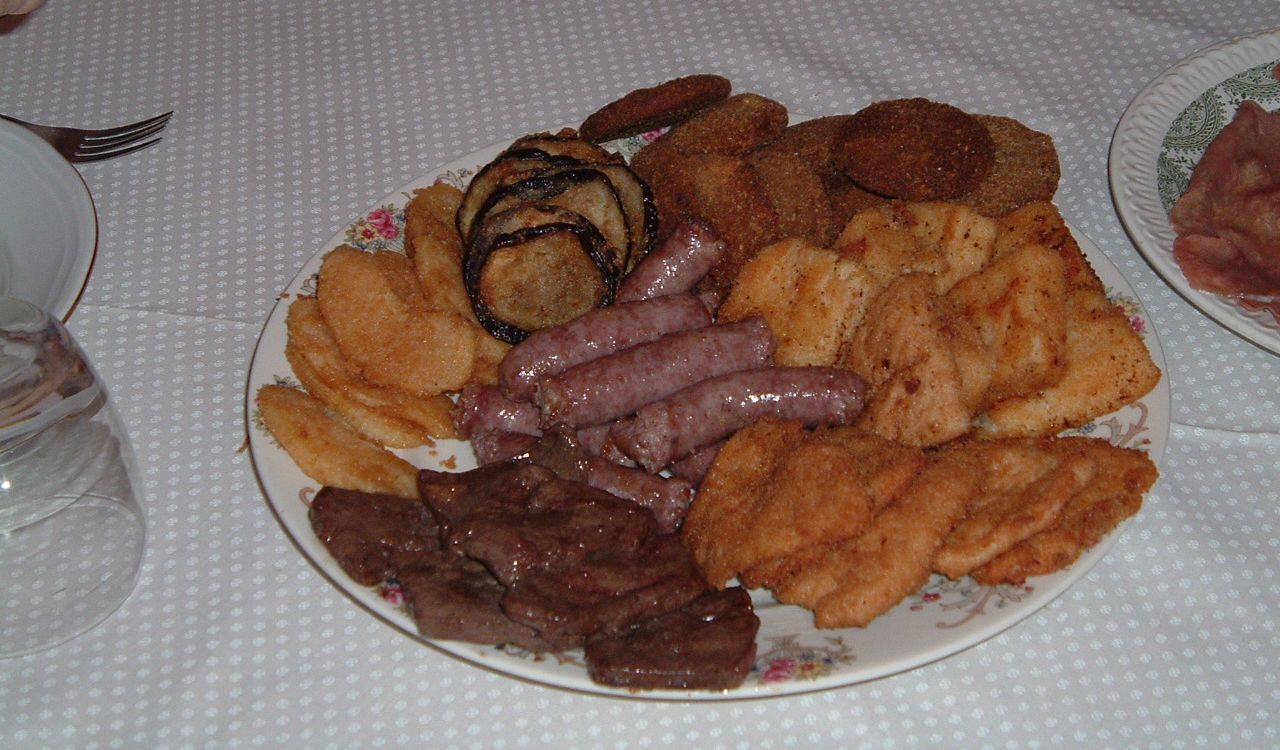
Piedmont’s fritto misto is a playful, lavish fry-up blending savory and sweet on the same platter. Expect veal cuts, offal like sweetbreads or brain in traditional versions, and seasonal vegetables, alongside sweet elements such as semolina custard (semolini dolci), fruit slices (often apple), and sometimes amaretti-based morsels; all dipped in a light coating and fried until crisp. Served hot with lemon, each bite alternates richness and brightness. Born from a no-waste ethos, this mixed fry celebrates abundance, surprise, and the region’s taste for contrasts.
Bonet: Chocolate and Amaretti Custard with Rum
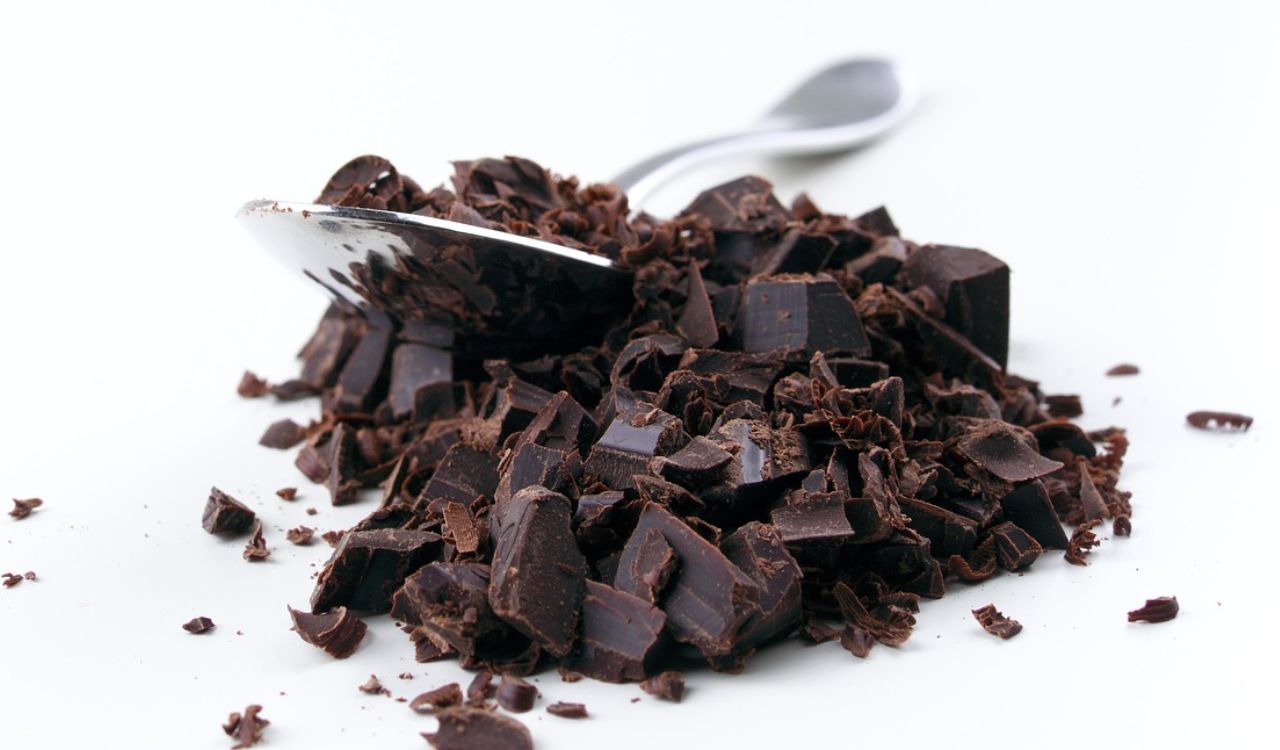
Bonèt (often written “bonet”) is a silken baked custard perfumed with cocoa and bittersweet amaretti. Eggs, milk, and sugar form the base; rum or coffee adds warmth and aromatic bitterness. Baked in a bain-marie and turned out like a flan, it wears a glossy caramel cloak and carries a faint almond crunch from the crumbled cookies within. Long rooted in Piedmontese tradition, bonèt is a favorite finale for hearty meals, offering a balanced finish: chocolatey, gently boozy, and not overly sweet, when the weather turns cool.
Gianduja: Piedmont’s Iconic Hazelnut-Chocolate Creation
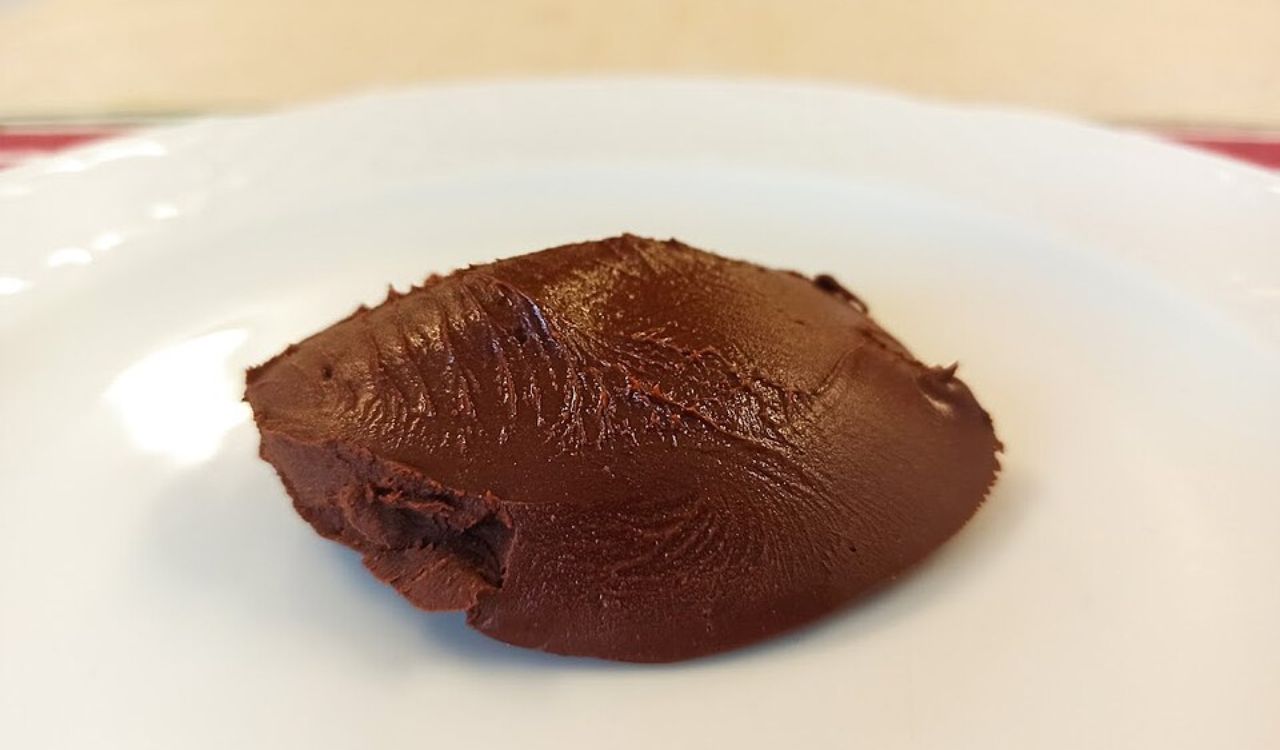
Gianduja emerged in Turin during the Napoleonic era, when cocoa scarcity prompted chocolatiers to blend cacao with finely ground local hazelnuts. The result is a satiny, melt-in-the-mouth chocolate with a nutty sweetness and remarkable aroma. Today, gianduja appears as bars, pralines, gelato ripples, and spreads, inspiring countless hazelnut-chocolate interpretations worldwide. Its enduring appeal lies in impeccable raw materials, especially Langhe hazelnuts, and meticulous grinding that creates a seamless texture. Born of constraint and ingenuity, gianduja has become a signature of Piedmontese confectionery craft.



